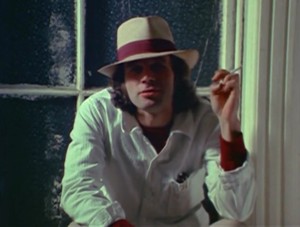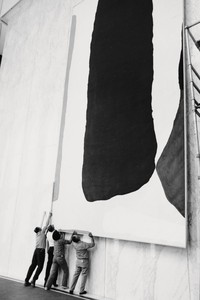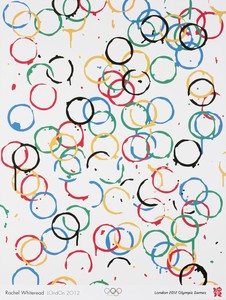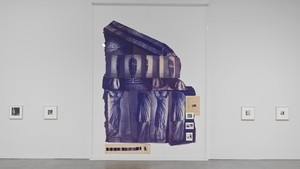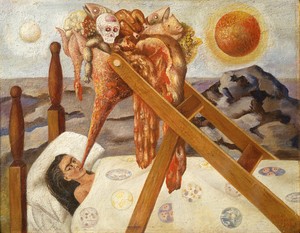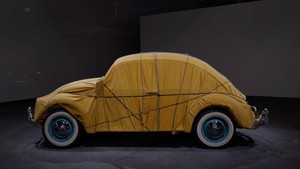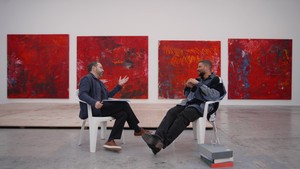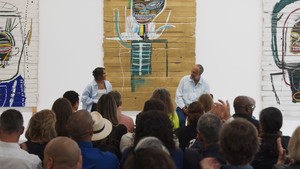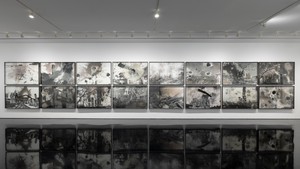Wyatt AllgeierI’ve watched the film multiple times now, and each viewing provides more—it’s a generous experience. Before getting into details, I’m curious how this collaboration came about. Anthony, could you speak to the genesis of the project?
Anthony VaccarelloSince joining Saint Laurent, I’ve been keen to strengthen the relationship between fashion and cinema. For me, Saint Laurent is a house of cinema, of fantasy.
After working with Gaspar Noé and Wong Kar Wai, I wanted to work with an American film director. Jim was the obvious choice to me. I asked him what Saint Laurent meant to him and he mentioned this idea of a dialogue inspired by 1930s French movies. I liked the idea, but wanted to flesh this out so the film was also about women today.
WAJim, once you agreed to sign on, what were the initial steps? Did you begin with a script, casting, the clothes, the location, or some other element?
Jim JarmuschWell, Anthony suggested that I rewatch Luis Buñuel’s Belle de Jour (1967), reminding me that Yves Saint Laurent had designed the remarkable clothes worn by Catherine Deneuve. Then Anthony sent a file of the clothes—fantastic. So I wrote a few little scripts just based on variations, and the form of the “ronde” (à la Max Ophüls’s film from 1950). Then came the location, and visual ideas were exchanged with Fred Elmes [cinematographer], Mark Friedberg [production designer], and Carter Logan [producer]. Throughout the process, I would text ideas to Anthony for feedback.
WAThe cast is incredible! Legends and wonderful young actors, both. How did the casting process develop?
AVCharlotte Gainsbourg embodies French mystery—a complex woman that we don’t always understand and all the better for that. Charlotte, Julianne, Indya, and Chloë are Saint Laurent in the way they lead their lives. They are independent, with a strong and personal sense of style. I have known Chloë and Julianne since forever, and I discovered Indya more recently. The sulfurous side in them attracts me.
WARight from the beginning, the soundtrack for the video makes a beautiful impression. Could you tell us more about the choices made?
JJNoveller [a solo project of the guitarist Sarah Lipstate] is a musician I’ve followed for some years now. In some ways I see her as a landscape painter, creating dreamlike atmospheres with an electric guitar, loops, layers, and effects. I’ve seen her perform live a number of times. She puts me in an altered state. And the Brian Jonestown Massacre, the brainchild of Anton Newcombe, is a favorite of mine. We used a well-known BJM track, but Anton never stops creating new, mind-bending music.
WAIf you don’t mind giving away some of the mystery, I’m curious to hear about the location—it is marvelous architecturally, and the carpet is fantastic.
JJThe location is an unusual multilevel party space called Guastavino’s, located on East 59th Street in Manhattan, right under the bridge. Years ago Bill Murray told me about it, and about some wild parties there in previous decades, but I’d never been inside. Mark Friedberg suggested it, and we were able to shoot there because nobody, obviously, was throwing big parties during the pandemic. Yeah, the trippy carpet interested me, and it influenced color and lighting choices.
WAWe have to talk about the clothing; each of the characters feels so clearly defined through the fashion—how did you two collaborate on this aspect of the project? Did the actors themselves have some say? They are so quintessentially themselves, but with a hint of the uncanny.
AVIt was all done in very free and spontaneous way. Very selfishly again, and instinctively, too. Of course, the idea was to dress these characters, but there weren’t any particular demands regarding how they should be filmed wearing these clothes. Clothes play a role in the film, of course, but they don’t overcome the characters. It’s a short movie, not a fashion movie.
JJInitially Anthony sent about fifty images for the selection—it was impressive. I did have some favorites, but they were all so cool. Once the cast was finalized, it was really Anthony selecting several looks for and with each actor. I built into the script the idea that their clothes would change several times, “haphazardly.”
WAI loved the wink to our present condition at the end, when Chloë, Julianne, and Indya put on their face masks before leaving the building. Was this built into the script, or was it improvised to some degree?
AVI don’t want to produce a fashion film. I feel like many fashion brands are creating content only for their social media channels. This is not the case with me. I have a profound love of cinema. This film has no commercial ambition and that scene was a way to make it even more realistic considering what’s happening in our lives. The project was selfishly born from a deep desire to collaborate with the geniuses of the cinema industry. I have the chance to have access to amazing directors through Saint Laurent and I am not holding back!
